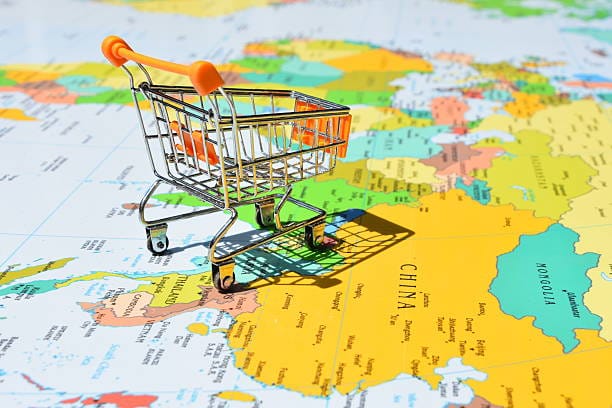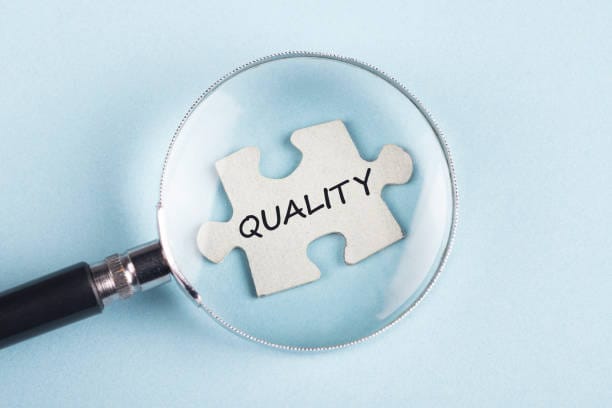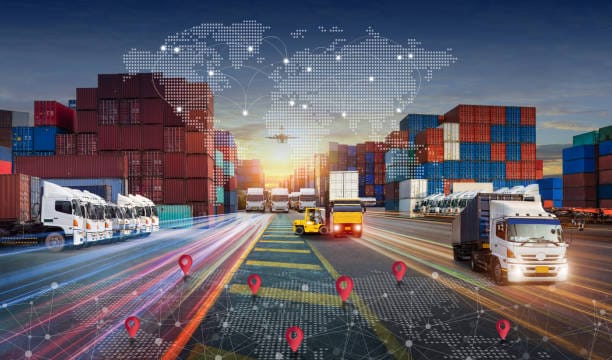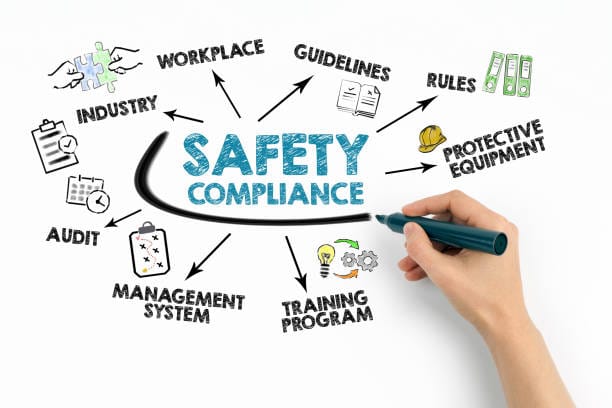Low-cost country sourcing has been a popular strategy for businesses looking to save on production costs. For project contractors, brand owners, and retailers alike, sourcing products from countries where labor and raw materials are cheaper can offer significant savings.
However, it’s not without its risks. While cost savings are an appealing benefit, businesses must consider various challenges that come with sourcing from low-cost countries. These challenges can affect quality, supply chain efficiency, communication, and even the financial health of your business.
In this article, we will explore the key risks of low-cost country sourcing and discuss strategies for mitigating them.
Understanding Low-Cost Country Sourcing

Low-cost country sourcing (LCCS) refers to the practice of sourcing materials, products, or services from countries where production costs—especially labor—are much lower than in the home country.
For example, many companies source their products from top countries for low cost sourcing like China, India, Vietnam, and other emerging economies. The core attraction of LCCS lies in its potential to reduce operational costs, increase profit margins, and make products more competitive in the global market.
However, these advantages often come with hidden challenges that may not be immediately apparent. These risks must be carefully managed to avoid compromising quality, timelines, and overall business success.
Quality Control Issues

One of the most significant risks of low-cost country sourcing is maintaining product quality. While manufacturers in low-cost countries may offer cheaper labor, the level of expertise, technological infrastructure, and quality control standards may differ from those found in high-cost regions.
Defective Goods: When sourcing products from countries with lower manufacturing standards, there is a higher chance of receiving defective or subpar goods. Poor quality can result from insufficient quality checks or use of inferior materials. Even small defects can lead to major financial losses due to returns, repairs, and damage to your brand reputation.
Inconsistent Quality: Consistency is key in manufacturing. Sourcing from low-cost countries can sometimes lead to fluctuating quality levels from batch to batch. This inconsistency can create significant challenges for businesses, especially those in industries where uniformity is critical, such as electronics, automotive parts, and medical supplies.
Mitigation Strategy:
Work closely with suppliers and establish clear quality control standards from the outset. Regular audits, inspections, and third-party quality testing can help ensure that the products meet your standards.
Geopolitical and Regulatory Risks

Geopolitical risks are another serious concern when sourcing from low-cost countries. Political instability, social unrest, and sudden changes in regulations can have a significant impact on supply chains.
Political Instability: Countries with unstable political environments may face protests, strikes, or even regime changes. Such instability can lead to disruptions in production or shipping delays. For instance, a political crisis might force a manufacturer to halt production temporarily, which can then cause shortages and delays for your business.
Regulatory Changes: In many low-cost countries, regulations can change rapidly and unpredictably. Trade policies, import/export restrictions, tariffs, and even labor laws might shift without much notice. These changes can affect your cost structure, making it difficult to forecast and manage your budget effectively.
Mitigation Strategy:
To manage geopolitical and regulatory risks, it’s crucial to diversify your supply chain. By having multiple suppliers in different regions or countries, you can reduce dependence on a single location. Additionally, keeping abreast of local laws and hiring local experts who understand the political landscape can help you navigate these challenges more effectively.
Infrastructure and Logistics Challenges

Low-cost countries often face infrastructure challenges that can disrupt the smooth functioning of the supply chain. These issues range from poor road networks to unreliable power sources, which can delay production and delivery.
Shipping Delays: Poor infrastructure, such as inefficient ports and unreliable transportation networks, can cause significant delays in shipping. Unexpected customs delays, port congestion, or even strikes at key logistics hubs can set back delivery schedules, causing businesses to miss important deadlines.
Hidden Costs: While the cost of goods may be low, the hidden costs of poor infrastructure can add up. Delays often mean additional warehousing or storage costs, especially if goods need to be held at customs for extended periods. Additionally, shipping delays can lead to rush orders and expedited shipping, which can negate the savings from low-cost sourcing.
Mitigation Strategy:
Investing in logistics solutions, such as working with experienced freight forwarders or using a third-party logistics (3PL) provider, can help smooth out supply chain disruptions. It’s also beneficial to have a robust inventory management system to track shipments and mitigate the impact of delays.
Language and Communication Barriers

One of the often-overlooked challenges in low-cost country sourcing is the language barrier. Miscommunication can lead to errors in production, shipment, and delivery schedules. If both parties are not on the same page, it can result in mistakes that compromise your business objectives.
Cultural Differences: Beyond language, cultural differences can also impact the effectiveness of communication. For example, in some countries, it is common to avoid direct confrontation, meaning that issues with a product or shipment may not be addressed until they become bigger problems. Understanding cultural nuances is key to developing a successful partnership with international suppliers.
Mitigation Strategy:
Regular communication is vital. Invest in training for your team to understand cultural differences and language barriers. Utilize translators or bilingual staff to ensure smooth communication. Furthermore, setting clear expectations and regular updates can help minimize misunderstandings and ensure that all parties are aligned.
Safety and Compliance Concerns

Product safety is a critical concern, especially when sourcing from countries with less stringent safety regulations. In certain industries—such as food, pharmaceuticals, and children’s toys—compliance with international safety standards is mandatory.
Substandard Materials: In some cases, low-cost suppliers might use materials that do not meet international safety standards. This can lead to serious consequences, such as product recalls or legal action if the products fail safety inspections.
Compliance Risks: Different countries have varying standards for compliance. A product that meets the regulatory standards in one country might not meet the required standards in another, which can result in penalties or a loss of customer trust.
Mitigation Strategy:
Before sourcing, thoroughly vet your suppliers for compliance with international safety and quality standards. Request certifications and documentation that prove adherence to these standards, and consider working with third-party inspection agencies to verify compliance.
Hidden Costs and Financial Risks

One of the main reasons businesses turn to low-cost sourcing is to save money. However, many find that the overall financial picture isn’t as rosy as anticipated.
Hidden Costs: As mentioned, shipping delays, quality issues, and regulatory compliance can introduce hidden costs that aren’t immediately visible. These can accumulate over time, turning what seemed like a cost-effective strategy into a financial burden.
Currency Fluctuations: Exchange rate volatility can also affect the final cost of goods, especially if you’re sourcing from a country with an unstable currency. A sudden devaluation of the local currency can increase costs unexpectedly, leading to financial strain.
Mitigation Strategy:
Ensure that all potential costs are accounted for before engaging in low-cost country sourcing. This includes logistics, taxes, duties, and potential compliance costs. Consider using hedging strategies to manage currency risks.
How to Mitigate the Risks of Low-Cost Country Sourcing
While there are significant risks associated with low-cost country sourcing, many businesses still find success by implementing strategic measures. Here are a few tips to mitigate these risks:
Work with Local Experts
Having local experts or consultants who understand the regulatory environment, culture, and infrastructure can help you navigate challenges effectively. They can guide you through the complexities of working in a foreign market, from compliance to logistics.
Another way to mitigate the risks of low-cost country sourcing is by working with a trusted sourcing partner like Asian Sourcing Group. With their deep expertise in Asian markets and supply chains, they can help you navigate common challenges such as supplier selection, quality control, and regulatory compliance.
Build Diversified Supply Chains
Rather than relying on a single low-cost country supplier, consider diversifying your supply chain. This can help minimize the impact of any disruptions, whether caused by political instability, natural disasters, or logistical problems.
Prioritize Supplier Relationships
Establishing strong, long-term relationships with your suppliers is key. Regular visits to the production site, clear communication about expectations, and a transparent business relationship can help address issues before they become serious problems.
Is Low-Cost Country Sourcing Right for You?
Low-cost country sourcing offers compelling benefits, but it is not without its challenges. To make it work for your business, you need to consider the risks carefully and take proactive steps to mitigate them. By focusing on quality control, effective communication, diversifying your supply chain, and staying on top of geopolitical and regulatory changes, you can unlock the cost-saving potential of low-cost country sourcing without compromising on quality, safety, or efficiency.
The key is to approach low-cost sourcing with caution, conduct thorough research, and establish solid partnerships with reliable suppliers. When done right, low-cost country sourcing can be a powerful tool for businesses looking to stay competitive in an increasingly globalized market.







-300x198.png)